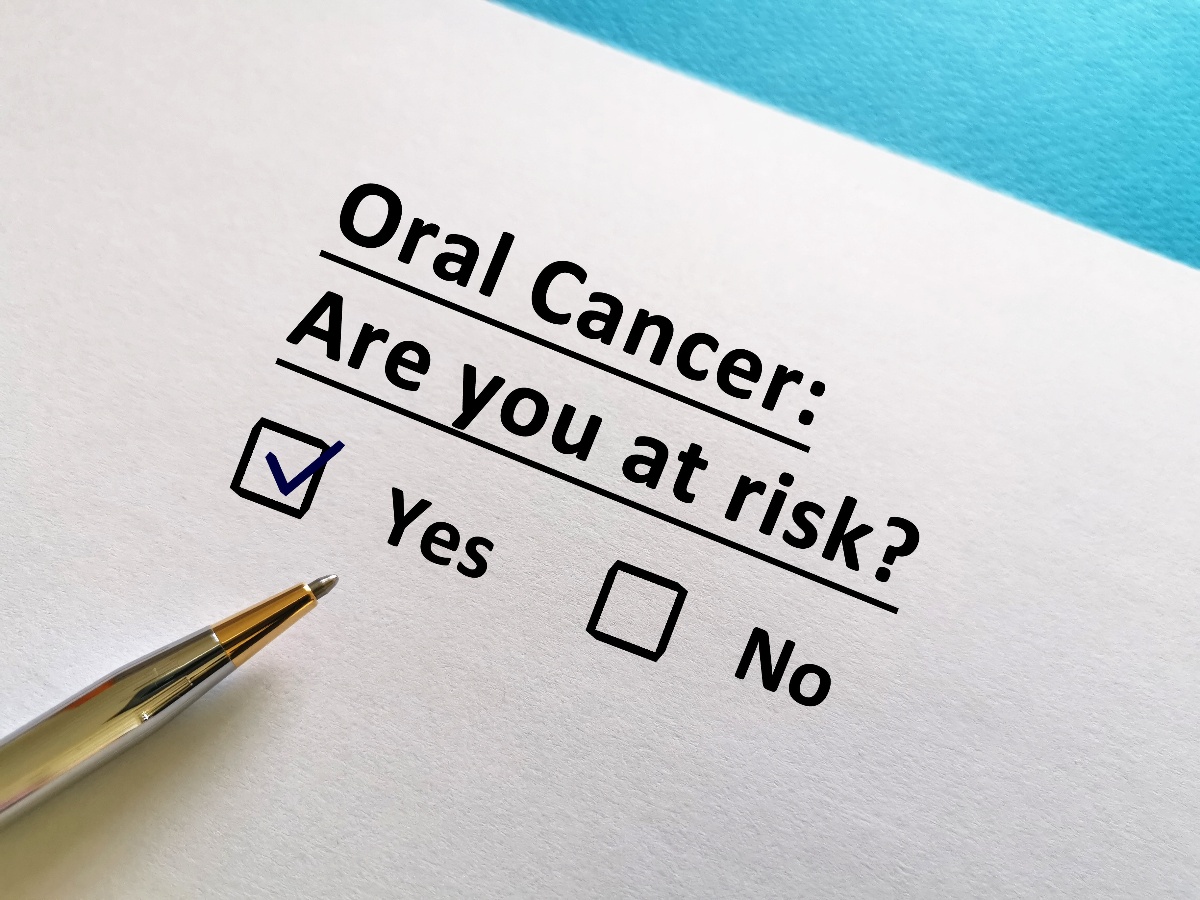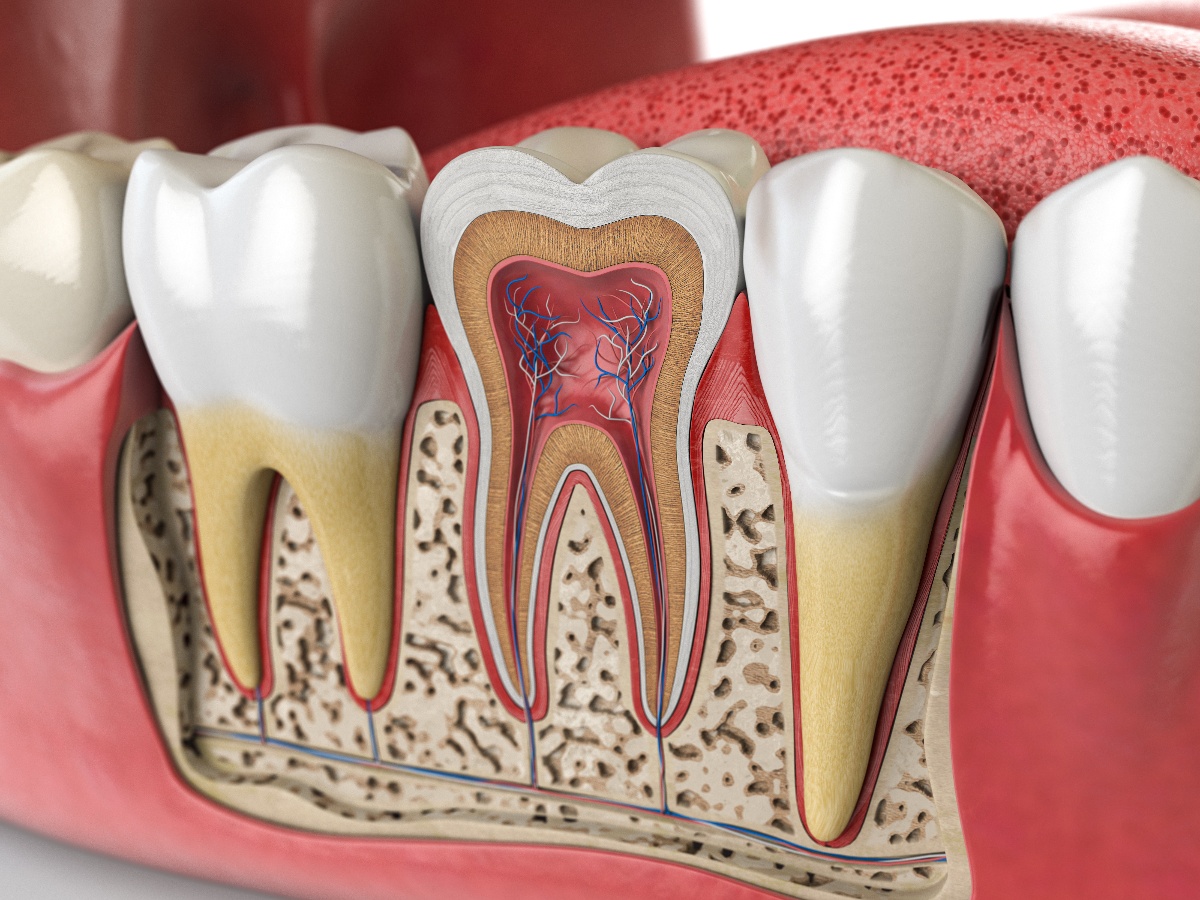According to the World Health Organization (WHO), about 3% of all cancers are oral cancer, with an estimated 377,000 new cases diagnosed annually. This serious disease affects thousands of Americans each year, and unfortunately, the survival rate has not improved significantly over the past few decades. This emphasizes the need for increased awareness, early detection, and effective treatment strategies. Although it is life-threatening, the good news is that oral cancer is often preventable, and early detection significantly improves the likelihood of a positive treatment outcome.
This article aims to raise awareness about oral cancer by discussing its risk factors, early detection methods, and available treatments.
Understanding Oral Cancer
Oral cancer is a kind of head and neck cancer that can occur in or around any part of the mouth. There are different types of oral cancer, but the most common type is squamous cell carcinoma.
The consequences of oral cancer can be severe if left untreated. It can cause difficulty eating, speaking, and swallowing. In more advanced stages, it can potentially invade nearby structures, like lymph nodes, or distant organs. According to the American Cancer Society, in 2023, projections show that close to 54,000 new occurrences of oral cancer will be discovered in the United States, with over 11,000 deaths attributed to this disease.
Key areas where oral cancer can develop include:
- Lips
- Tongue
- Cheeks
- Gums
- Floor of the mouth
- Roof of the mouth (hard and soft palate)
- Throat
Understanding the risk factors, early signs, and treatment options for oral cancer is crucial for early detection and successful treatment. By being informed and proactive, you can make choices that support your oral health and lessen the potential for acquiring this disease.
Risk Factors For Oral Cancer
Several risk factors increase the risk for oral cancer, such as:
Tobacco Use
- Consuming tobacco through cigarettes, cigars, pipes, and smokeless products.
- The longer you use tobacco, the greater your risk becomes.
Alcohol Consumption
- Heavy alcohol consumption.
- Combining alcohol and tobacco use further amplifies the risk.
HPV Infection
- Infection with the human papillomavirus (HPV) is a known risk factor for oral cancer, particularly cancer of the back of the throat.
Diet and Nutrition
- Poor diet and few fruits and vegetables
- Family history and genetic factors
Genetic Predisposition
Sun Exposure
- Risk of lip cancer from UV radiation
Poor Oral Hygiene
- Inadequate brushing, flossing, and regular dental check-ups
- Chronic irritation from poorly fitting dentures or sharp teeth
- Oral hygiene issues can lead to chronic inflammation and could possibly raise the chances of acquiring oral cancer.
Recognizing these risk factors allows you to implement strategies that decrease your probability of developing oral cancer. Abstaining from tobacco and excessive alcohol use, adhering to good oral hygiene practices, and maintaining a well-balanced diet plentiful in fruits and vegetables are all important measures to protect your oral health.
Signs and Symptoms of Oral Cancer
The signs of oral cancer can vary significantly, and it's vital to be aware of the potential signs and symptoms. Early detection is critical to improving treatment outcomes and increasing the chances of successful recovery. Here are some common signs and symptoms to watch out for:
- Persistent mouth sore or ulcer that doesn't heal within two to three weeks
- White or red patches inside the mouth or on the lips
- A mass or swelling in the oral cavity, pharynx, or on the lips
- Difficulty or pain when swallowing or chewing
- Unexplained bleeding or numbness in the mouth
- Persistent sore throat or hoarseness
- Ear pain or a feeling that something is caught in the throat
- Swelling or stiffness in the jaw or neck area
- Loose teeth or a change in the way dentures fit
- Dramatic weight loss
- Chronic bad breath
It's important to note that some of these symptoms may also be associated with other conditions. Still, it's crucial to have them evaluated by a healthcare professional, especially if they persist for more than two weeks. Regular dental check-ups and self-examinations can aid in the early detection of oral cancer, increasing the chances of successful treatment.
How Can I Tell If I Have A Cold Sore Or Oral Cancer?
This is a common and important question when it comes to oral cancer. Differentiating between a cold sore and oral cancer is crucial, as the latter requires prompt medical attention and treatment. Here are some key differences to help distinguish between the two:
Duration
- Cold sores generally persist for a period of 7 to 10 days and heal on their own.
- Oral cancer lesions or sores persist for weeks or months without healing.
Appearance
- Cold sores appear as fluid-filled blisters that burst and crust over
- Oral cancer lesions often look like white, red, or "angry" patches of tissue and may bleed or swell
Pain and Discomfort
- Cold sores are usually painful and may cause a burning or tingling sensation before the blister appears.
- Oral cancer lesions may be painless in the early stages but can cause discomfort when swallowing, chewing, or speaking as they progress.
Location
- Cold sores typically occur on or around the lips, sometimes under the nose or chin.
- Oral cancer lesions can develop anywhere in the mouth, including the tongue, gums, cheeks, throat, or palate.
Risk Factors
- The herpes simplex virus is the underlying reason for the occurrence of cold sores and might be brought on by anxiety, fatigue, or illness.
- Oral cancer is associated with risk factors like tobacco use, excessive alcohol consumption, HPV infection, and prolonged sun exposure (for lip cancer)
If you have an ulcer or wound in your oral cavity that persists for more than 14 days, it is crucial to consult your dentist or other professional healthcare provider. They are skilled in performing an oral cancer screening and, if necessary, order a biopsy to confirm the diagnosis. Early recognition and immediate medical attention are vital to enhance the likelihood of effective treatment and recovery from oral cancer.
Early Detection of Oral Cancer
Prompt identification is essential for the positive outcome of oral cancer therapy. Consistent dental check-ups are a cornerstone of identifying early signs of the disease, even before you notice any symptoms. As part of these regular visits, your dental professional will conduct a comprehensive oral cancer examination, which involves examining your mouth, face, and neck for any abnormalities.
Oral Cancer Screening
- Your dentist will visually inspect your lips, tongue, cheeks, gums, palate, and the floor of your mouth for any suspicious lesions or changes in color or texture.
- They may also feel for lumps or swollen lymph nodes in your neck.
- Should your dental professional detect any suspicious findings, they might suggest additional diagnostic procedures, including a biopsy, to confirm the diagnosis.
The Importance of Regular Dental Check-ups
- Even if you practice good oral hygiene and don't have any noticeable symptoms, regular dental check-ups are indispensable for the early discovery of oral cancer.
- Many early-stage oral cancers don't cause any pain or discomfort, making it difficult to detect them without a professional examination.
- By scheduling regular dental check-ups, you increase the likelihood of detecting oral cancer at an early stage when treatment is most effective.
Additional Screening Tools
- In addition to visual and tactile examinations, some dentists may use specialized tools, such as oral cancer screening lights or dyes, to help identify abnormal tissue.
- These tools can help discover early manifestations of oral cancer that may not be readily visible during a casual observation.
Keep in mind that timely diagnosis is crucial for effective therapy of oral cancer. If you notice any unusual changes in your mouth or have any concerns about the health of your mouth, teeth, and gums, don't delay in arranging a visit with your dentist.
Treatment Options For Oral Cancer
The range of therapeutic interventions for oral malignancy will differ based on the progression, site, and extent of the cancerous growth, in addition to the individual's general well-being and personal inclinations. However, the most common treatment modalities include:
Surgery
- Surgical intervention is frequently the first-line approach for managing oral malignancies.
- The objective of treatment is to remove the malignant growth along with a border of normal tissue surrounding it, ensuring thorough removal of the cancer.
- The extent of the procedure depends on the size and location of the tumor.
- In some cases, reconstructive surgery may be necessary.
Radiation Therapy
- Specialized radiation can kill cancer cells and shrink tumors.
- It may be used alone or in combination with surgery or chemotherapy.
- This method of treatment can be delivered externally or internally.
Chemotherapy
- Chemotherapy uses medications to eliminate the tumor.
- It may be used prior to surgery to decrease the size of the tumor or after surgery to kill any remaining cancer cells.
- Chemotherapy can also be employed in combination with radiation therapy.
Targeted Therapy
- Targeted therapy is a newer type of treatment that uses drugs to target cells that promote the growth and spread of cancer.
- This type of therapy is less likely to harm healthy cells than traditional chemotherapy.
- Targeted therapy is becoming increasingly important in the treatment of oral cancer.
Immunotherapy
- Immunotherapy takes advantage of the power of the immune system to eliminate the cancer.
- It can be used alone or with other treatments.
- While not yet widely used for oral cancer, immunotherapy is showing promise in clinical trials.
The choice of treatment for oral cancer is a complex decision that should be made in consultation with your healthcare team. They will consider your individual case and recommend the most appropriate treatment options based on your specific needs and preferences.
Schedule an Appointment
To learn more about how Palmetto Dental Arts can help you maintain optimal oral health, call us or contact us online.





